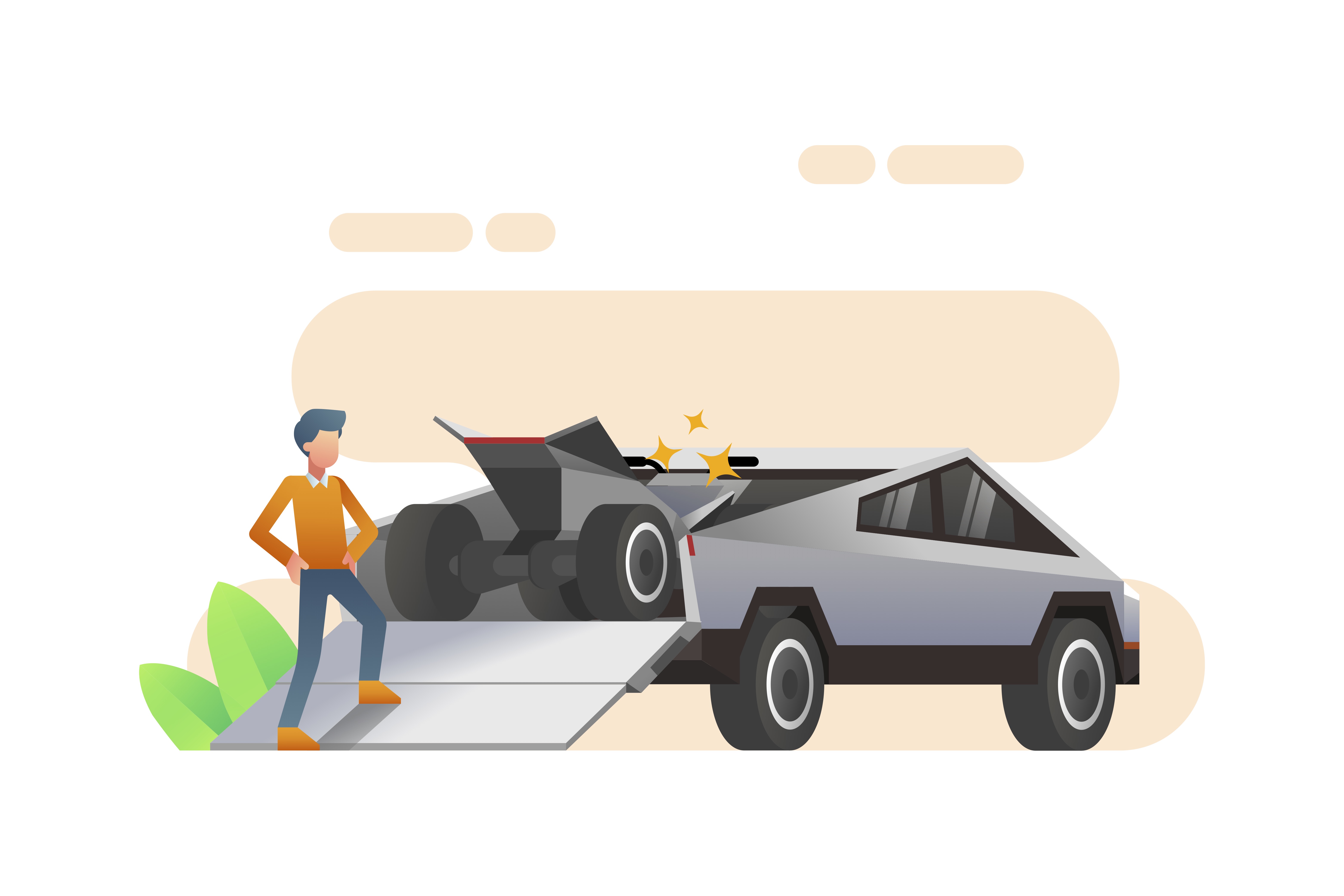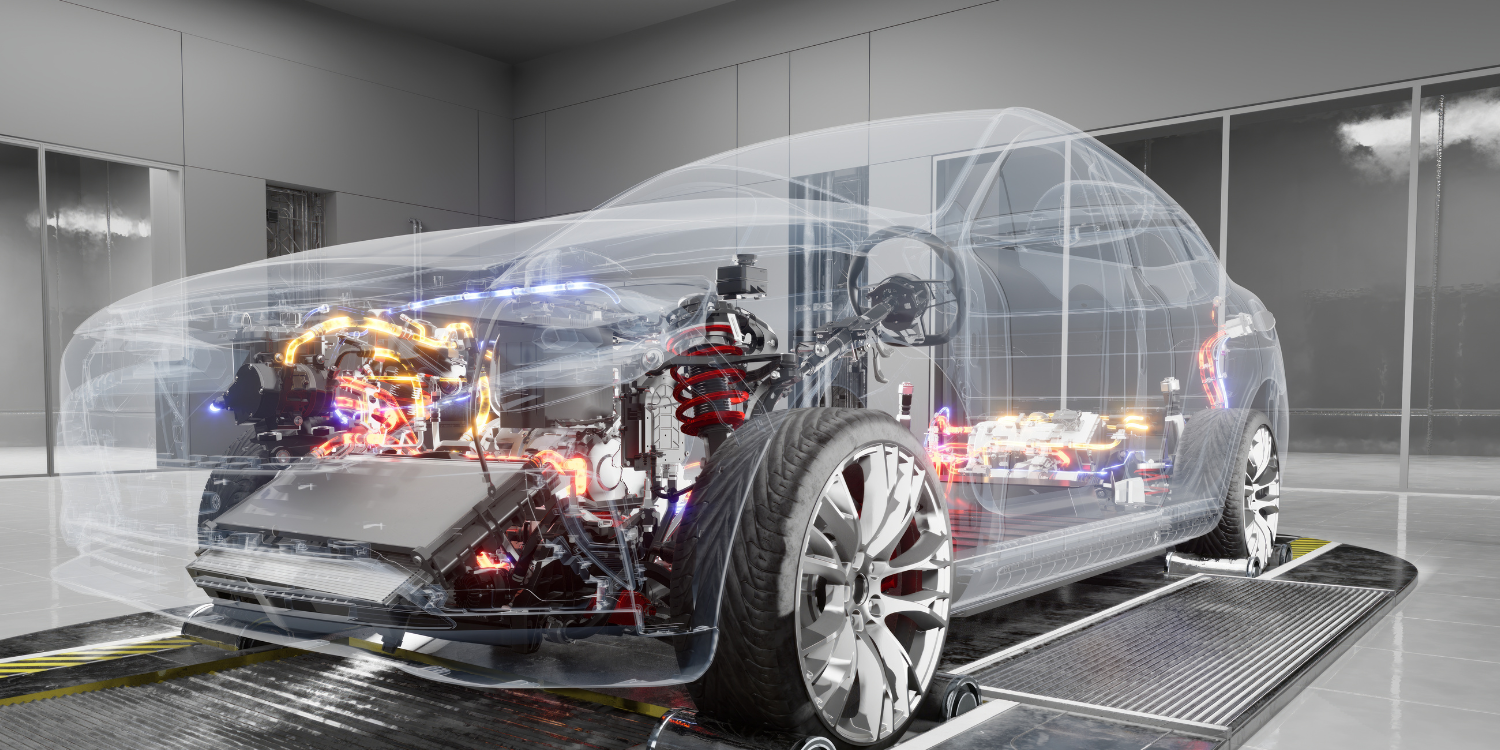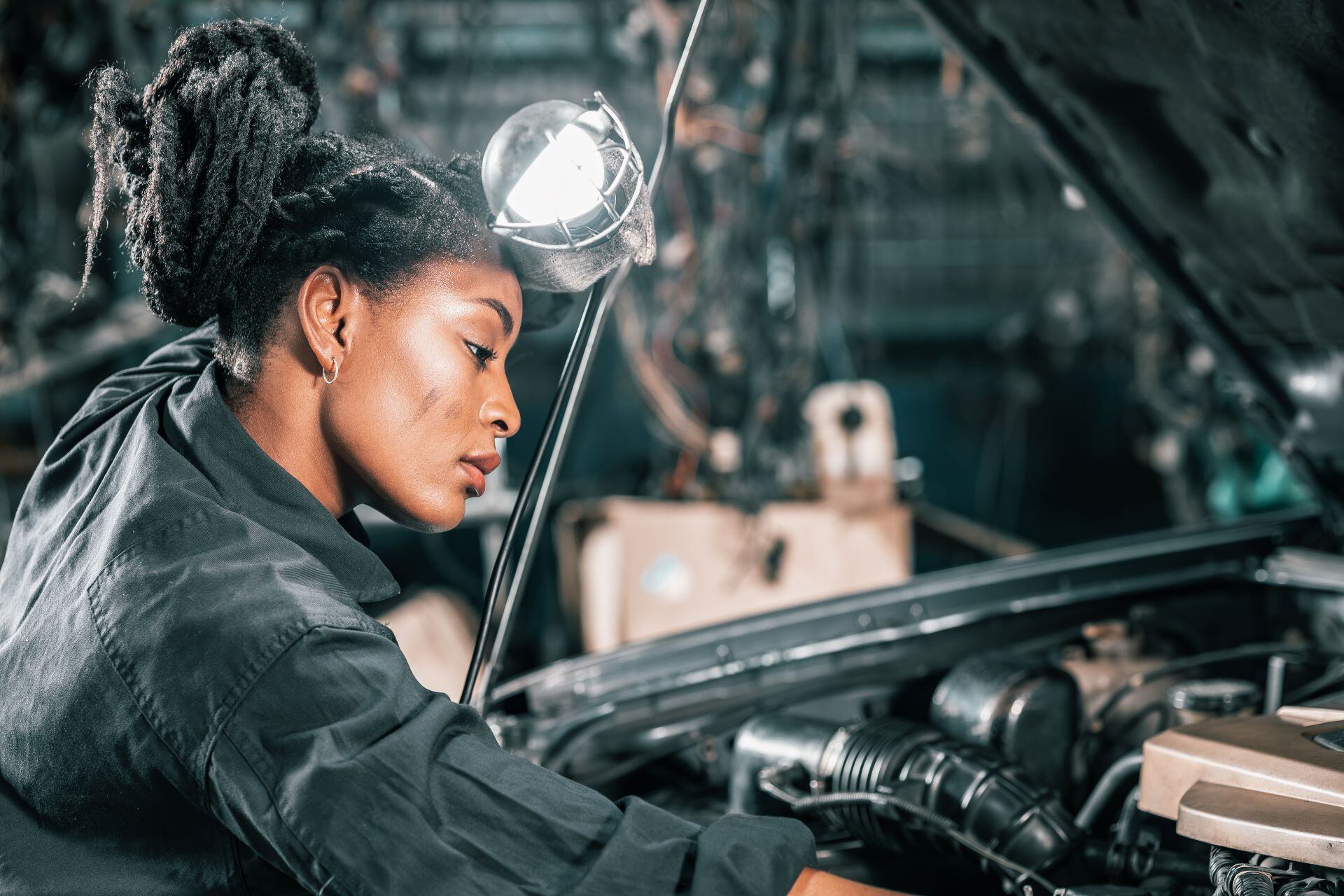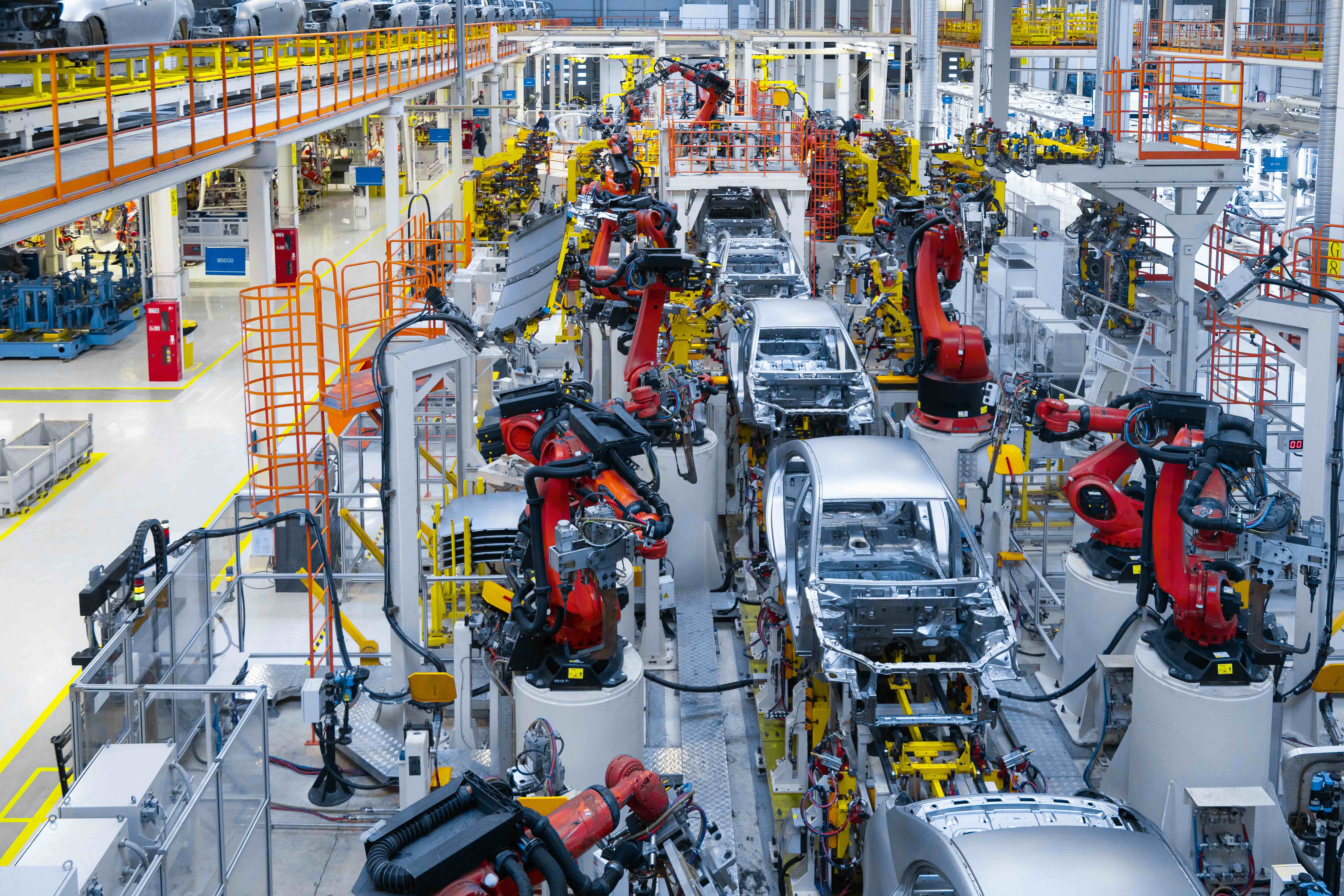Autonomous Technology of Major Companies

Post Categories
Kevin
Autonomous, self-driving vehicles have been recently spotlighted thanks to the enormous advance of artificial intelligence, data science, big data, and battery technology. Probably you heard of the Robotaxi plan from Tesla. If you purchase a Tesla Model 3 and register in the Tesla Robotaxi network, you can let your Model 3 operate as a self-driving taxi when you don’t use it. This will make you around $30,000 a year, and you will pay off the cost of the Model 3 within a couple of years. Then you can make easy money without labor. It may sound too good to be true, or it can be really true. Let’s go over the current stage of autonomous driving technology of the following leading companies.
Amazon
Photo by Bryan Angelo on Unsplash
Amazon has been investing for more than 10 years in self-driving vehicles to make possible unmanned delivery. A well-known example is Prime Air, an unmanned delivery service using drones. In September 2019, Amazon announced that 10,000 self-driving vehicles will deliver packages by 2030. They have been closely working with and invested $440 million in Rivian for developing electric delivery trucks. In addition to the investment in the electric vehicle startup, Amazon invested in an autonomous driving startup called Aurora Innovation, a machine learning based self-driving technology startup founded by former employees of Google and Tesla. Recently, Amazon acquired a self-driving vehicle startup, Zoox, located in California as well. These acquisitions can be seen as Amazon's innovative steps to bridge the gap between the electric truck technology and self-driving software technology that they have invested.
Apple
Photo by Medhat Dawoud on Unsplash
Apple invested $200 million in Drive.ai to develop autonomous driving technology not for acquiring a specific technology, but for hiring workforce. In the beginning, Apple tried to develop autonomous driving technology in-house, but later moved on obtaining in-depth expertise and experience from the acquisition of the startup company. In addition to the acquisition, Apple also hired highly-skilled technical experts from Waymo(Google) and NASA. In 2017, they got an approval from the State of California and ever since then, they have been operating 70 self driving cars in California.
Samsung
Photo by Padraig Treanor on Unsplash
Samsung jumped into the game by acquiring Harman, a leader of car electronics technology, for $8 billion in 2017. Subsequently, Samsung got an approval from the South Korean government to test self-driving cars on the roads in Seoul. They have been focusing on specific functions enabling autonomous driving technology rather than a self-driving vehicle itself. Main examples are line departure sensing/warning, collision sensing/warning, pedestrian sensing/warning, and adaptive cruise control. Currently, these functions were applied to self-driving vehicles being tested in California and South Korea. Samsung is also making an effort to develop advanced memory chips for autonomous driving on the basis of the strong semiconductor and memory technology that they have been establishing for decades. Since the decisions to make a self-driving algorithm are based on multiple layers of neural networks, it is crucial to develop a hardware system capable of processing a large amount of data. In the same context, Samsung has a strong networking technology where they have been leading the global mobile market. Advanced network technologies such as 5G and V2X have been developed for the communication of self-driving vehicles. Samsung has been building strong technologies in semiconductor, mobile, network, electronics, and memory that all harmonize into a strong synergistic effect for developing autonomous driving technology.
Hyundai Motors
Photo by Mpho Mojapelo on Unsplash
In 2019, Hyundai Motors Company announced to invest $35 billion in developing self-driving vehicles for the next five years. Hyundai planned to operate fifteen self-driving cars in Seoul, South Korea, by 2021. More importantly, Hyundai announced to provide a free self-driving taxi service in Irvine, California. For this project, Hyundai partnered with self-driving startup Pony.ai and ride-hailing startup Via. In addition, Hyundai has been working with the South Korea government that will fund $1.7 billion by 2027 for developing self-driving vehicles to the public. Hyundai will take an important role for this national project. In this regard, Hyundai also has a plan to launch fully autonomous vehicles to the general public by 2027. For a long time, Hyundai has been promoting their philosophy to deploy affordable self-driving vehicles for everyone.
Audi
Photo by Marcel Strauß on Unsplash
Audi is the first automaker that deployed the first hands-free cars to the market. In 2017, Audi showed Autonomous A8 that can be driven less than 37 MPH with a completely hands-free mode in Europe. Since then Audi has been investing a substantial amount of resources. For example, they have invested $16 billion and more than 200 employees have been developing only for autonomous driving in Munich, Germany. It results in 12 self-driving cars operating in the same city. Audi announced that 90 to 95% of safety is relatively easy to be achieved, and it is never enough to be commercialized or deployed. We all should recognize that self-driving vehicles have a deadly force to not only the drivers but also to those outside near the vehicles.
Tesla
Photo by Bram Van Oost on Unsplash
In 2014, Tesla opened a semi-autonomous driver assistance program to the public called Autopilot. Despite the expectation to succeed, there have been accidents because of Autopilot. In 2018, Tesla’s Autopilot driver-assistance system failed to detect a driver’s hand motion and caused his death. While it is inevitable that Tesla is one of the self-driving leaders deploying the technology to the market, their reputation has been damaged by these accidents. As shown, self-driving technology is directly related to the safety of the people both inside and outside of the cars. It should be of the utmost consideration before deploying to the public. In all circumstances, it is undeniable that Tesla possesses a leading self-driving technology.
So What Now?
As mentioned earlier, autonomous and self driving technology should be thoroughly examined and taken into account when this technology is tried to be commercialized. Either way, this technology will be commercialized regardless of the perfectness of the safety, which directs consumers to make the right decision. Autonomous driving is a complicated technology closely entangled with hardware, software, artificial intelligence, sensing, radar, data science, and etc.
Due to the degree of the technical difficulty, it is not easy to find experts and a trained workforce. This is why the tech giants above brought the workforce by acquiring a startup and searching for experts from prestigious outside research institutes. If you are having a hard time finding the right workforce for your business, we highly recommend working with a staffing agency like Timpl that has enough experience in the industry.


